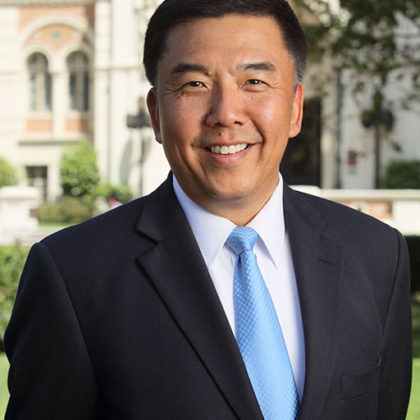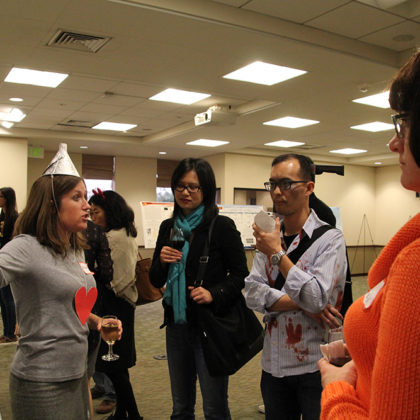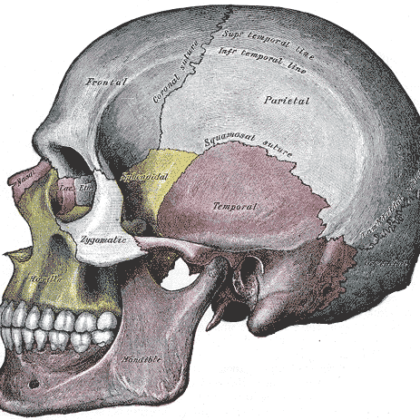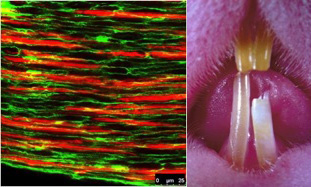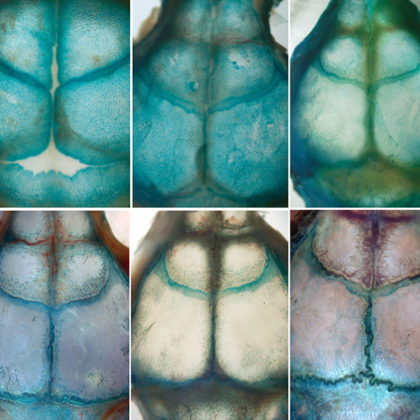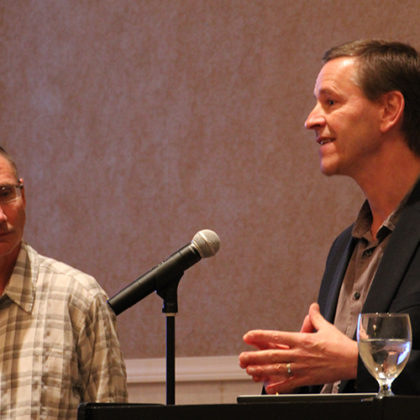Dr. Chai’s laboratory is interested in early craniofacial development and malformations, including the molecular regulation of cranial neural crest cells. His laboratory has developed genetically engineered mouse models, and has made important discoveries about the mesenchymal stem cell (MSC) niche in the craniofacial region and about utilizing MSCs with 3D printed scaffolds for tissue regeneration.
Stories
USC researchers move one step closer to natural tooth restorations
A rodent’s incisors never stop growing. It’s one of the reasons mice gnaw through cupboards, hamsters chomp mindlessly on metal cage bars and rats will chew through, well, just about anything. They …
Discovery could lead to biological treatment for common birth defect
Throughout every human and animal’s body, stem cell populations are responsible for the growth, regeneration and repair of tissues. While the power of some types of stem cells is already being used …
USC Stem Cell Symposium creates scientific synergy
Provost Michael Quick convened the inaugural USC Stem Cell Symposium with a straightforward truth about the future of regenerative medicine: “it will take a dedicated community of scholars across the disciplines to …
Halloween retreat showcases USC’s “scary smart” stem cell researchers
It was no tricks and all treats at the seventh annual retreat for the Eli and Edythe Broad Center for Regenerative Medicine and Stem Cell Research at USC, held at the university’s …
USC, UCLA and UCSF put their heads together to find stem cell-based cures for craniofacial defects
One in every 2,000 babies is born with a skull that can’t grow normally. Various sections of these babies’ skulls are fused together at joints called sutures, constricting the developing brain and …
Dental study provides wealth of stem cell details
An Ostrow School of Dentistry of USC study has uncovered new details on how bundles of nerves and arteries interact with stem cells and also showcases revolutionary techniques for following the cells …
Winner of the December 2013 USC Stem Cell Image of the Month Contest
Dr. Andy McMahon and the judges of the USC Stem Cell Image of the Month contest would like to congratulate our December 2013 winner, Dr. Hu Zhao, DDS, PhD, a research associate …
A Retreat from everything but stem cells
It wasn’t the pristine 27-hole course that drew more than 120 stem cell researchers from USC and beyond to the Desert Princess Golf Resort near Palm Springs. It was the sixth annual …
Ostrow School study links growth factor glitch to tongue defects
New findings about how cell signaling directs tongue development may have big clinical applications for healing tongue defects, according to an Ostrow School of Dentistry of USC study published in The Journal …

